When you’re searching for a house to buy or rent in Mexico —and managing your home here— one of the important things you need to verify is how the property is supplied by water, especially if you are:
- buying land to build a residential home; or
- considering a home that is situated in a semi-rural or rural area; and/or
- looking at a property that has been recently constructed.
There are many properties in Mexico that are not connected to a mains or community-managed water network, especially (but not solely) in rural areas, and properties without a mains water feed need to be served by one of two alternative means: rainwater, or water truck deliveries (or a combination of these two).
The effect of the dry season on water supplies
Most of Mexico experiences a ‘dry season’ lasting about six months, between November/December and May/June, although water scarcity doesn’t typically become noticeable until around mid-to-late February.
The dry season brings challenges to the landscape as well to home owners, as water can become quite scarce in some areas or regions—even at properties served by water main systems as supplies to homes are throttled by water authorities to conserve supplies until the rains return and local underground wells get replenished.
How will your property get its water?
When you’re buying property in Mexico, whether it’s a built home, and especially when investing in land upon which you intend to build your home, it’s vital to know exactly what the water supply arrangements are, because it may not be as straightforward as you might expect.
Water supply at rented properties
When you’re looking for a property rental, be sure to ask about the water supply arrangements as it’s important to know how your rented home will be supplied with water and what the additional costs are if the water is not included in the rent.
See also: the practicalities of renting a property in Mexico for details.
Land (or property) without a reliable water source will require you to depend on water deliveries by truck (if available locally) and/or you will need to collect rainwater in season (between May/June and October/November)—and keep this water stored in underground cisterns on the property.
In Mexico’s established towns and cities, water is most usually piped directly to homes in residential neighborhoods using a water mains network, with each home’s supply routed through a water meter by which you pay according to your consumption. Water bills are sent out bi-monthly. Mains water is usually fine for washing, bathing, and cooking, but it might not be suitable for drinking without being filtered.
If the property you’re planning to buy is not served by a mains water system, then its wise to establish what water supply arrangements are currently in place —or can be put into place— to supply the property with a reliable supply of water before you sign a contract to buy.
Water supply in Mexico
Properties in Mexico usually obtain their water supply from one of four principal sources:
- a mains water system, which is usually metered; or
- a local community water system fed from a licensed water well; or
- a combination of rainwater collection (in season); and
- water-truck deliveries.
You can learn more about water supply services here.
Getting a reliable water supply for your property
If you discover that a property you’re interested in is not served by a water main system, don’t take anyone’s word, or hear-say, about other sources. Undertake due diligence and find out how the property is being served by water (or whether you’ll need to make alternative arrangements) and ascertain that any existing supply agreements that are in place are binding in the event of a property transfer.
In the absence of a water main system, your property may be supplied with water in these ways:
Local mains or community water systems
If a local mains water supply or community water system exists locally, you ought be able to get your property connected to it—but double check this as local rules and regulations about connections can be quirky.
The procedure to get connected can be time-consuming and will involve negotiation with local water authorities or community leaders, as well as connection fees in addition to the consumption or annual supply costs.
Consult with the local water authority (or community leaders in rural areas) as well as a local architect and/or plumber about the options and costs involved to get a property connected to the local mains system.
Local water wells
If the water source is a licensed local water well, this should be stipulated on the deeds or related contract or covenant and the property’s right to access to the well and the system that delivers water from it should be checked and verified by you and/or the Notary Public dealing with your property transaction.
Beware of illegal water wells
It’s illegal to drill a water well on your property in Mexico without express written permission from the local water authority, or local community leaders. Licenses for wells are strictly controlled and not easily acquired. The penalties for drilling illegal/clandestine wells are severe due to the risk of private wells contaminating the natural underground water springs that may be the source to supply many thousands of homes in the area.
Rain collection
Properties that are not near, or which cannot connect to, mains or community water systems will often have underground cisterns on-site that store rainwater, collected in season using roof capture systems.
Modern rainwater collection methods make optimal use of the roof space to collect and channel rainwater into underground water cisterns. Read more about this in the next section about water collection and storage.
Water delivery by truck
Most towns and villages, and especially those in (semi)rural areas, have a company or two operating a fleet of local water delivery trucks. Most of the vehicles are usually kept parked and idle between June and October, but when the dry season starts, they ply a brisk trade by transporting water to local residences that are not supplied by a water main system, and whose rainwater collection arrangements are either non-existent or whose water cisterns have run low and require a refill.
The smaller trucks have tanks carrying 5,000 liters (1,300 US gallons) of water; the large ones carry 10,000 liters (2,600 US gallons) of water.
Water truck deliveries are essential during the dry season for many properties that don’t have a mains water supply; and properties that have large gardens and/or swimming pools tend to require refills of their water cisterns during the dry season if they don’t have rainwater collection and/or substantial underground cistern space.
You can never be sure about the precise amount of water being dispensed by the delivery truck: you buy ‘a tank’ at at an agreed price and whatever amount of water is in the truck gets pumped out of it and into your property’s cistern —there is no metering system— although if you know the full capacity of your cistern, you can estimate the amount of water that was dispensed after it’s been filled based on how full the cistern was before and after the delivery.
Buying water from delivery trucks is the second-most expensive to way to buy water; only purified water in bottles costs more. Prices for a tank fluctuate locally depending on factors such as current diesel fuel costs and how far away your property is situated from the licensed water wells that refill these trucks. If your home is near the water truck station, you’ll be offered a lower price than if it’s situated many miles away from it; and prices can escalate if your home is more remote, e.g., on a mountain ridge requiring the heavy water-laden truck to climb steep roads and negotiate dusty country lanes to arrive.
Water collection, storage, filtering, recycling—and gardening
Rainwater collection is a viable way to enjoy a beautiful countryside property that is not near a mains water feed, or which is too far away from the nearest community run water system to connect at a reasonable cost.
There are five key considerations to take into account when your property needs to collect rainwater as part of its water supply:
Efficient rainwater collection
The tremendous thunderstorms that arrive in the late spring and summer drench the landscape and each storm releases colossal amounts of water that can be collected for use in your home.
One square meter of roof space can potentially collect one liter of water for each one millimeter of rain that falls; thus the ratio is 1:1:1.
- If you’re building your own home, talk to your architect about how to design the roof space to optimize rainwater collection.
- If you’re buying an older home, talk to an architect or water management consultant about how you can use the existing roof space for collection, and/or make adjustments to the existing roof to optimize the amount of rainwater you can collect on your property.
Water storage at your home in Mexico
As we remarked on our article about water pressure in Mexico, most properties, even those supplied by a mains water system, have an underground cistern to store water for use on the property.
If your home is not near a water mains feed system, and/or remotely or rurally situated, having ample water storage is essential to keep you sufficiently supplied with water through the dry months of the year when rain is scarce or non-existent, and to minimize your dependency on water truck deliveries.
Guidance for water storage volume in the dry season
Just two decent rain storms can easily fill a 50,000+ liter (13,200 US gallon) cistern from a properly installed roof water-collection system.
As a rule of thumb you ought to plan for 150 liters of water per person, per day—this includes water for bathing, washing, cleaning, light watering of a dozen or so pot plants, and drinking (with a filter system) but excludes water for gardens and terraces with lots of flora, and water for swimming pools and ponds.
Thus: if you are a couple living together, plan for around 300 liters of water use per day. Calculated on 180 days (six months) of dry weather, you’ll need a cistern (or cisterns) storing around 55,000 liters of water to get you through the dry season without the need to buy water from delivery trucks. A family of four will need double this amount.
Water for your garden during Mexico’s dry season
The dry season brings two key challenges to home owners who have gardens in homes without a mains water supply: the absence of rain requires you to use substantial quantities of water to keep your garden flora alive, and your water cisterns are not being replenished for daily water use around the home.
Don’t underestimate the volume of water that you’ll need to maintain your home’s garden during the dry season.
There are many techniques to optimize the use of water in your garden during the dry season, and this article provides an excellent primer on the subject.
Water filtering for drinking
As we remarked in our article about drinking water in Mexico, most people buy bottled water, or filter the water that is supplied to the property before they use it for drinking—whether it’s supplied by a mains feed system, water delivery trucks, or is collected from rainfall.
Water recycling on the property
The latest techniques used for water collection at residential homes also feature systems to recycle water within the property—channeling water that cannot be reused in the home into the garden to feed the flora, and channeling water that can be filtered and reused in the home back into the property’s main water cistern.
The methods recycle a helpful percentage of every liter used, which reduces the amount of water cistern storage space required (cisterns are expensive to build) and make efficient use of the rainwater that’s been collected.
Contact a water consultant in your local area, or talk to a local architect or plumber about options available for water recycling on your property.
Learn more about water supplies in Mexico
Mexperience publishes articles and guides to help you understand water supplies and the efficient use of water at your home in Mexico, including:
- How water is delivered to homes in Mexico
- Understanding water pressure systems
- Clarity about drinking the water
- Latest articles related to use of water in Mexico
- Latest articles about Mexico’s rainy season and dry season
- Free and continuously-updated guide to House Maintenance and Security in Mexico

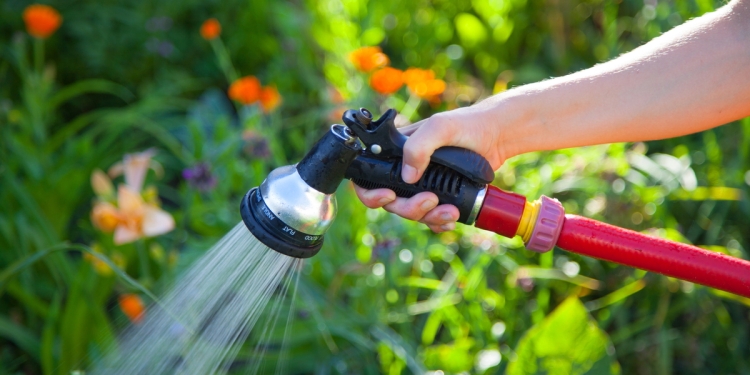

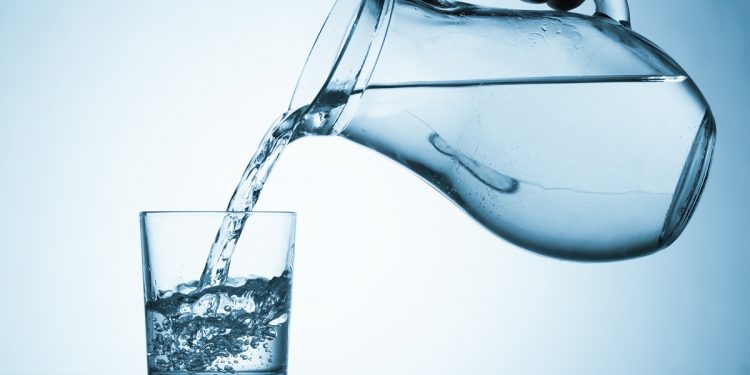
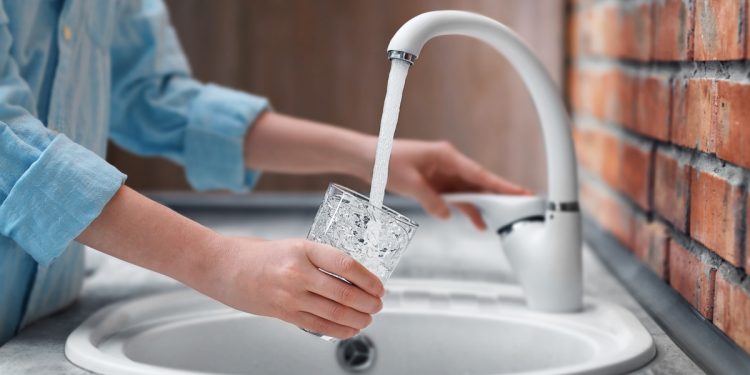


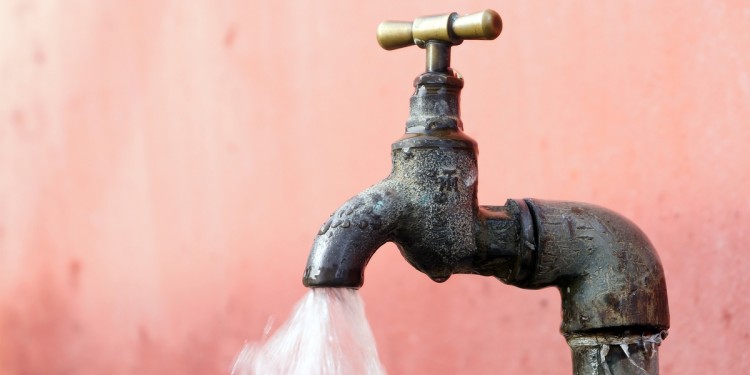
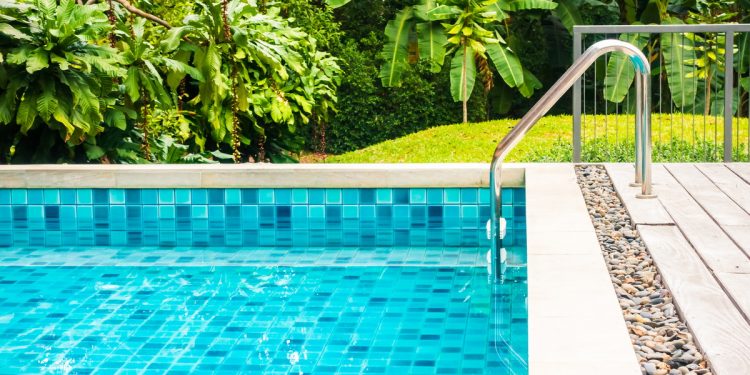
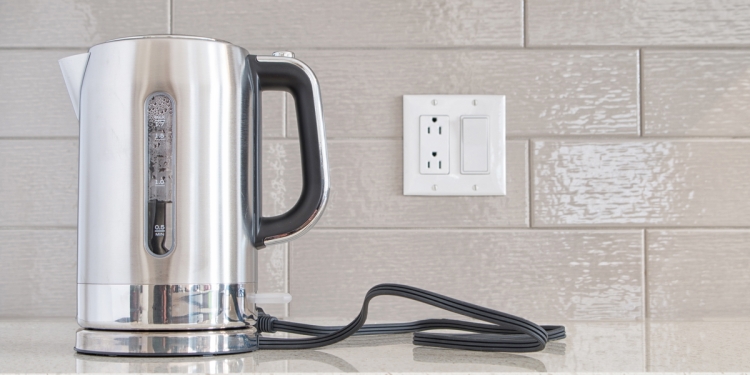

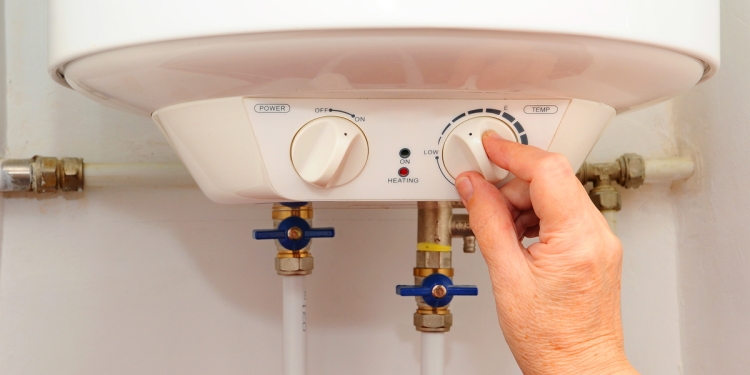

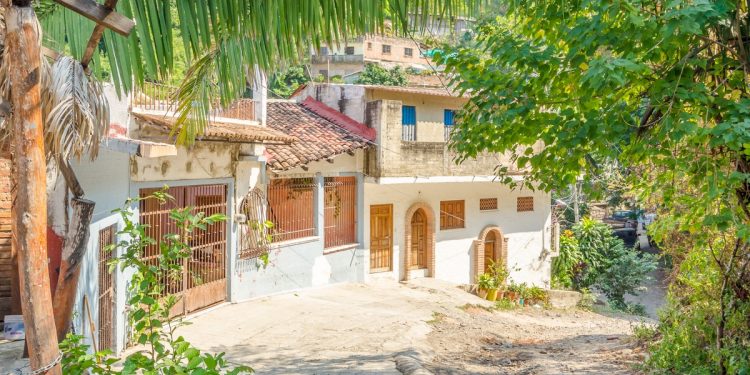
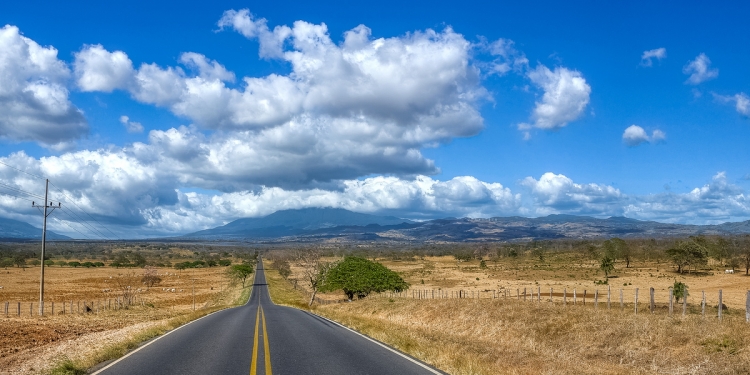
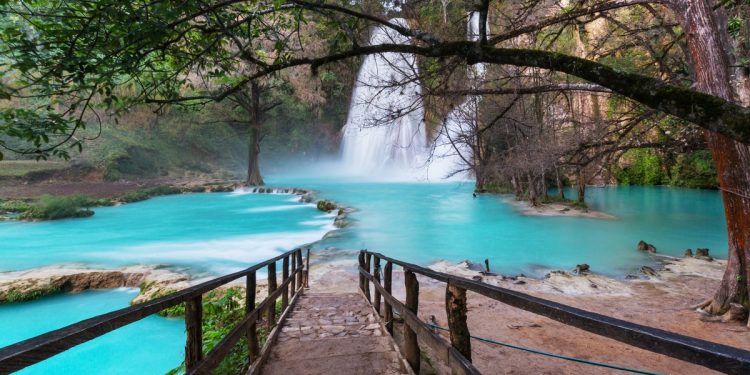
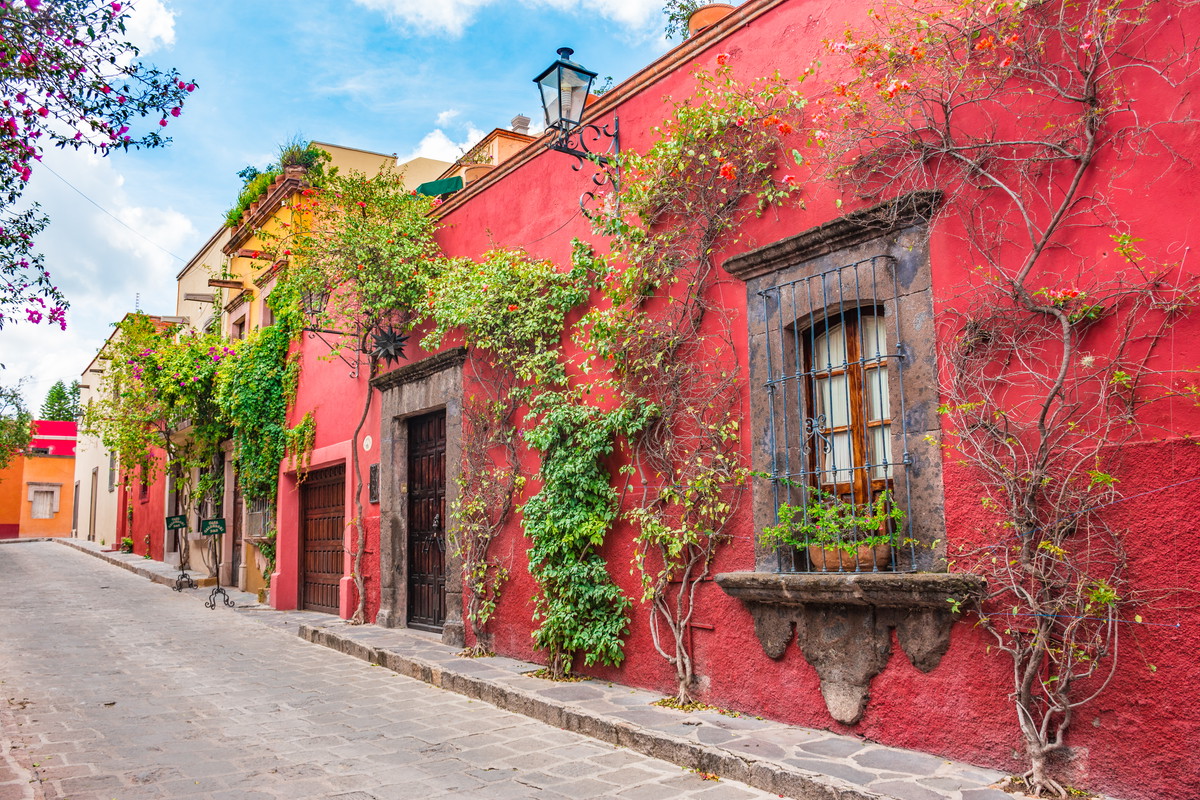
Hi there, love this post! Another great solution are recirculating showers like RainStick Shower – it essentially saves the same amount as a whole home greywater system without the installation or complexity. It saves 80% water from a shower while providing 3 gpm from the flow rate through point of use recirculation and real time cleaning. It as a result also saves property owners over a $1000 every year! We need more drastic solutions like this in Mexico.